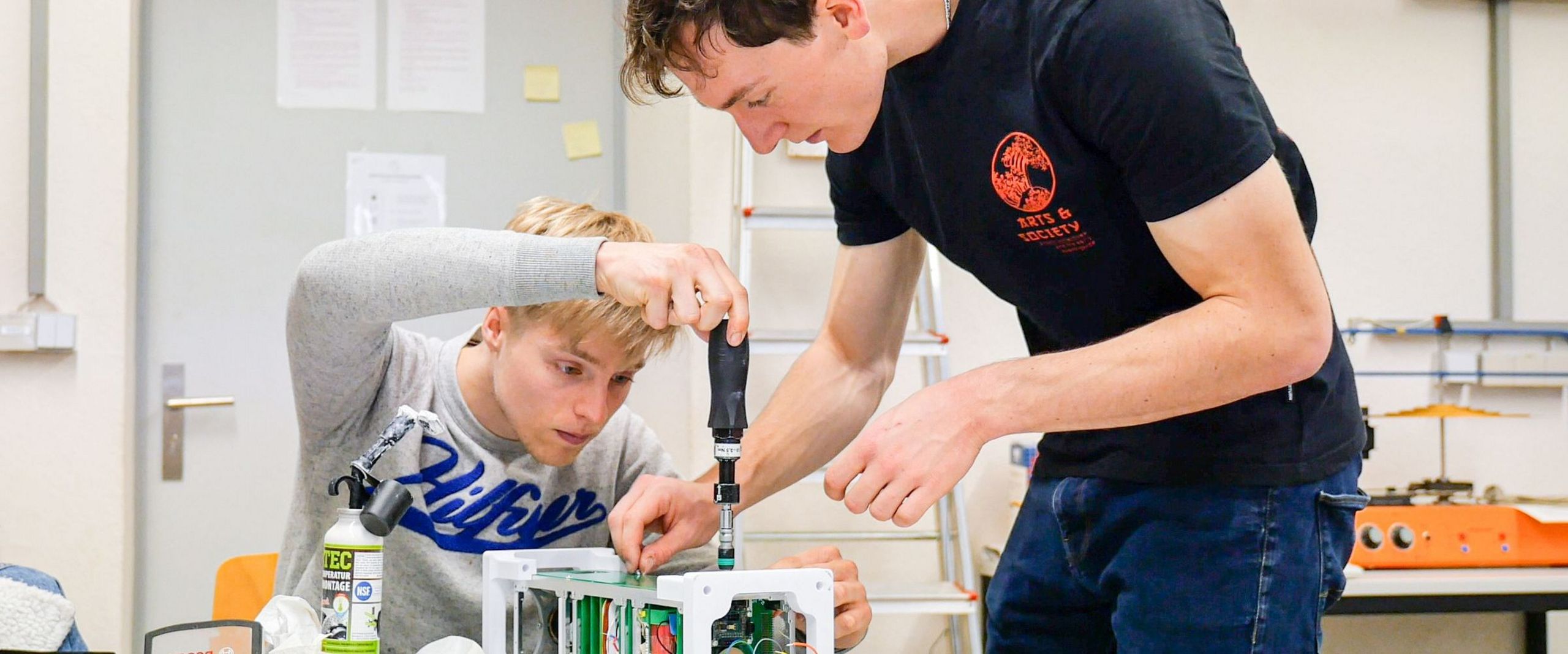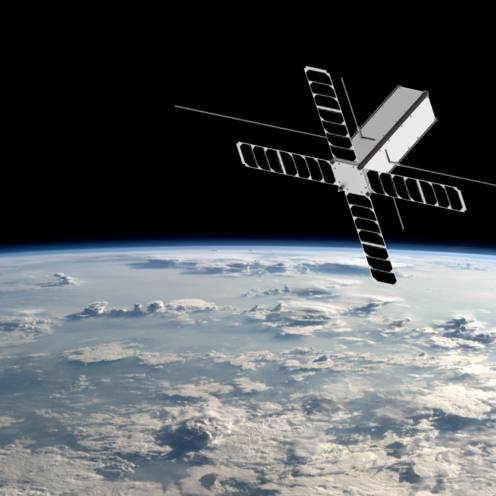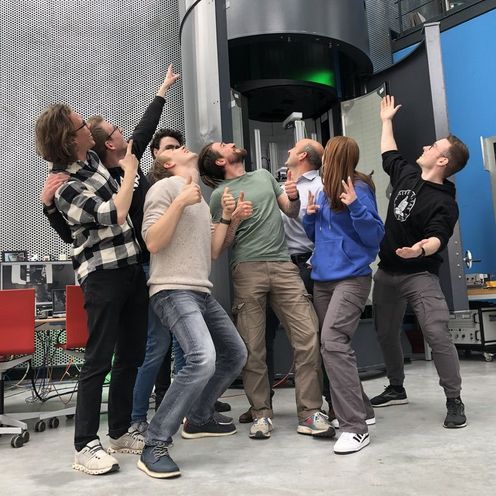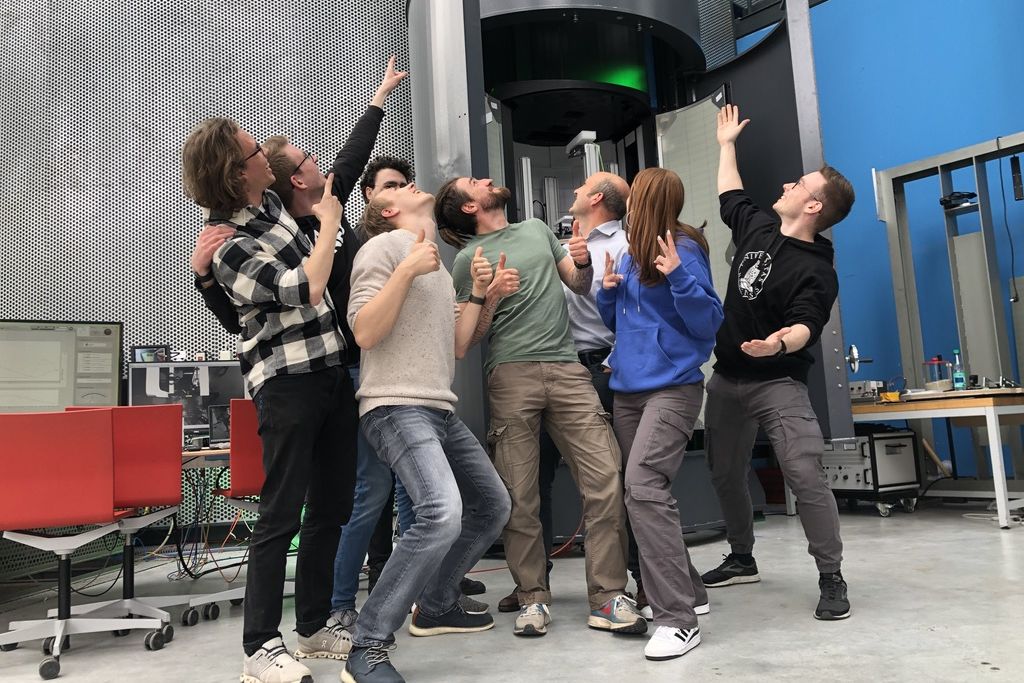
Institute of Aerospace Technology (IAT)
The research program VIBES: The Digital Satellite aims at making modern technologies that enable efficient and powerful products such as smartphones applicable for spaceflight products to improve the performance of satellites. Therefore, all subsystems of a spacecraft shall be digitalized in an iterative, multi-year development program. The program includes the development, launch and operation of multiple small spacecraft to show the quality of the developed products. Being directly integrated into the study programs of the HSB, students, researchers and professors alike are able to work in a unique environment that is focused on hands-on learning. Additionally, the program is making use of the strong local aerospace industry in Bremen to foster cooperations. Through these cooperations, Bremen shall be put into a position to lead the world into the future of spaceflight with state of the art products and a pool of talented young minds educated at the HSB.
Currently, the VIBES team is working on their first spacecraft, a 3U CubeSat called VIBES Pioneer. Its goal is to improve the optical performance of spacecraft using the latest digital technologies.
© ZARM
VIBES Pioneer is a 3U CubeSat. The goal of the mission is to improve the optical performance of spacecraft using digital technologies. The spacecraft hosts an optical payload equipped with a light and cost-effective disturbance measurement and management system. During each image acquisition, accelerometers log the perturbations emitted by reaction wheels and their propagation along the satellite structure. Passive isolators placed on the structural path between reaction wheel and camera will reduce the disturbances. An active line of sight system for fine pointing control of the payload will further improve the performance. The generated image data and satellite status information will be delivered to ground with a software defined radio. The data will be used on ground to adapt the operation modes and improve the final products with specialized post-processing algorithms. The functionality of the measurement system has been demonstrated on ground in a microgravity environment in the ZARM GraviTower Pro Bremen. The spacecraft is fully funded and the proto-flight tests will start as soon as August 2023. Facilities for testing and a ground station for mission operations have been secured at partner institutions.
At present, there is no system to measure small mechanical oscillations (so-called microvibrations) and their effect on satellite performance in orbit. The system developed by the VIBES team is capable of accurately performing these measurements utilizing modern digital technologies similar to the MEMS sensors used in smartphones. Thereby, it will be possible for the first time in Europe to monitor where and how microvibrations occur and affect the pointing performance during the entirety of the mission. Using this high sensitivity and high data rate information, the design of spacecraft can be improved to reduce the negative effects of microvibrations by passively and actively controlling certain parts of the spacecraft. To this end, the optical payload will be stabilized through an Active Pointing System similar to products such as state-of-the-art cameras and drones. The software defined radio follows the same approach of using digital technologies to enable an in-orbit adjustment of the operation modes of the radio based on the live mission scenario.
The VIBES project was started in 2021 by Prof. Dr. Antonio Garcia with the goal of building the digital satellite of the future. The project is driven by a team of highly motivated students from different Bachelor and Master programs of the University of Applied Sciences Bremen. It has grown to over 20 members in less than two years. The VIBES Pioneer mission will enable them to gain important hands-on experience and it will lay the groundwork for a future spacecraft program called VIBES: The Digital Satellite which aims at building a fleet of satellites to iteratively achieve the long-term goal of the VIBES project.




